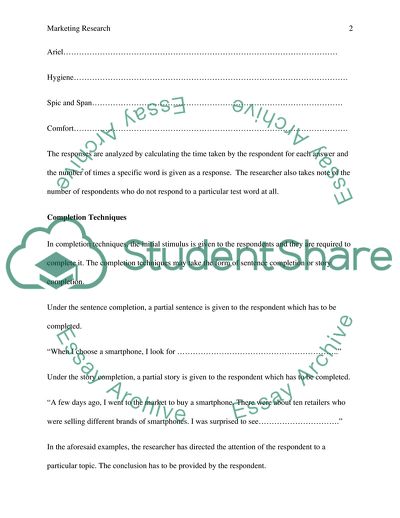Cite this document
(Marketing Research and Quantitative Research Assignment - 2, n.d.)
Marketing Research and Quantitative Research Assignment - 2. https://studentshare.org/marketing/1862334-exam-preparation-marketing-research
Marketing Research and Quantitative Research Assignment - 2. https://studentshare.org/marketing/1862334-exam-preparation-marketing-research
(Marketing Research and Quantitative Research Assignment - 2)
Marketing Research and Quantitative Research Assignment - 2. https://studentshare.org/marketing/1862334-exam-preparation-marketing-research.
Marketing Research and Quantitative Research Assignment - 2. https://studentshare.org/marketing/1862334-exam-preparation-marketing-research.
“Marketing Research and Quantitative Research Assignment - 2”. https://studentshare.org/marketing/1862334-exam-preparation-marketing-research.


